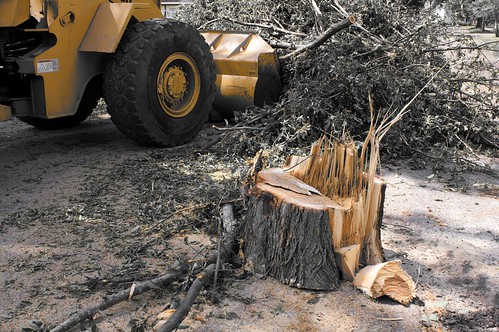Elm – Root and Branch Review
English Elms have been dying in there millions since the 1970’s. A further outbreak of Dutch Elm disease in the 1990’s make the growing of Elm in the UK a dangerous business.
Key Features of the Elm
- Latin name – Ulmus minor Ulmus procera other common names English Elm, Field Elm or Atinian Elm
- Height – 100 feet
- Type of tree – Deciduous
- Leaves – green alternate ovate deeply toothed, slightly hairy underneath
- Flowers – reddish petalless in clusters
- Fruit – Small central seed surrounded by membraneous wing
- Bark – Grey brown becoming cracked
- Family – Ulmaceae
Origins and Distribution of the Elm
- Not native to the UK despite being called the English Elm but probably brought over by the Romans.
- Found in North America and Turkey.
- Planted in parks and gardens in Australia, UK and Europe.
Uses and Attributes of the Elm
- Durable and waterproof timber was used in waterwheels, coffins and ship building.
- Romans used the Elm to support grape vines.
Gardeners Tips for the Elm
- Dutch Elm disease (DED)has ravaged the British Elms and the ‘Constable like landscapes’.
- There is a conical variety Ulmus ‘Wredei’ that could suit a garden but I am waiting for the DED to die out .
Other types of Elm
- Ulmus Sapporo ‘Autumn Gold’ is a fast grower and can reach its final height of 15 metres in almost the same number of years . Said to be a disease resistant Elm it is not as stately as the original. It is a hybrid of Japanese Elm and the dwarf Siberian Elm, Ulmus pumilia, and is highly resistant but not immune to DED.
- Ulmus hollandica hybrid varieties used be common over much of Europe and Britain. They occur naturally wherever English Elms and Wych Elms Ulmus minor and Ulmus glabra respectively have a chance to interbreed but again they are susceptible to ‘DED’
Elm comments from elsewhere
- In the 1970s a virulent strain of a fungal disease arrived on imported Canadian logs. It was spread by beetles and fanned out killing between 15-30 million trees. It was called Dutch Elm disease as that was where the research in to the cause of the trees death was done
Read about our series on British tree reviews with a bakers dozen fact sheets
Credits
Elm tree in spring by BillLongstaff CC BY-SA 2.0
Another one bites the dust by Unhindered by Talent CC BY-SA 2.0 ‘Another elm in our neighborhood succumbs to Dutch Elm, making 5 or 6 big boulevard elms that have been removed around our corner in the last few years.
These were gorgeous old trees, which provided us with shade in the summer and shelter from January’s bitter north winds. We’re working on planting new trees, but those will be more for the next generation than ours.’
Special Elm Trees by Island 2000 Trust Conservation CC BY-NC 2.0 ‘Our elm project aims to in part replace the many thousands of English Elms lost to the Island through Dutch Elm Disease with the resistant cultivar of Wych Elm Ulmus LUTECE. We buy in and distribute between 500 and 1000 every year and we’re now in our 4th year of the scheme. The original work on LUTECE was done by Butterfly Conservation and Andrew Brookes at Portsmouth University particularly with regard to the conservation of White-letter Hairstreak. We’re on the look-out for more resistant strains too, particularly those based on English Elm.”Here are some of our special resistant LUTECE elms about to be planted out in Totland. West Wight has suffered dreadfully from the renewed outbreaks of DED since 1995 and we’re keen to do what we can to restore an elm component to the landscape. There’s still plenty of elm at a lower level in hedges and as suckers from felled or dead taller trees but there are almost none left as field and hedgerow trees. These are alongside One Horse Field (a Gift to nature Project).’


